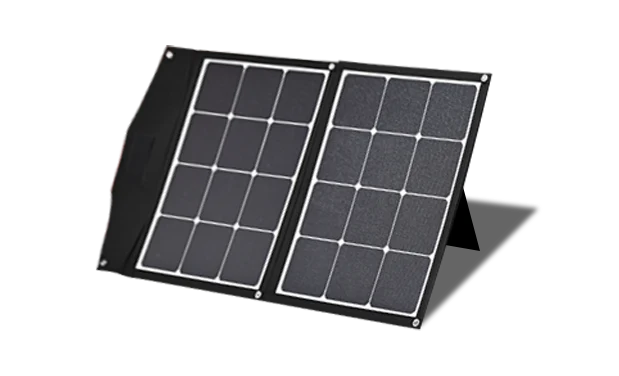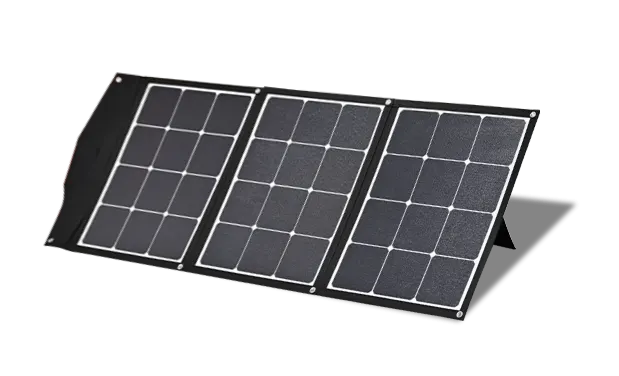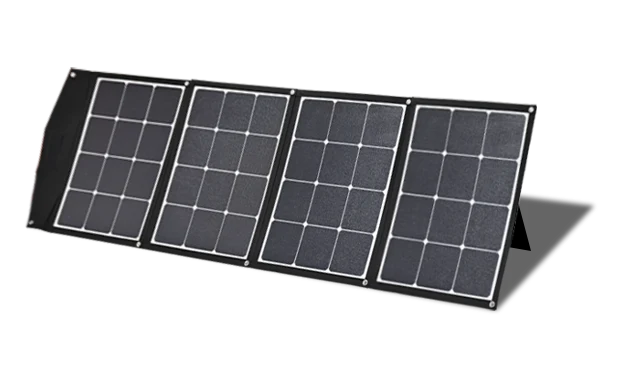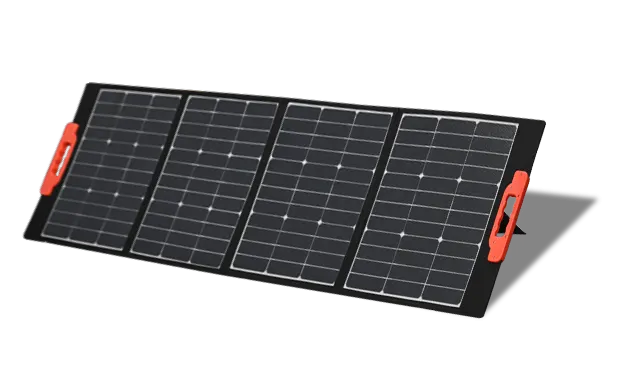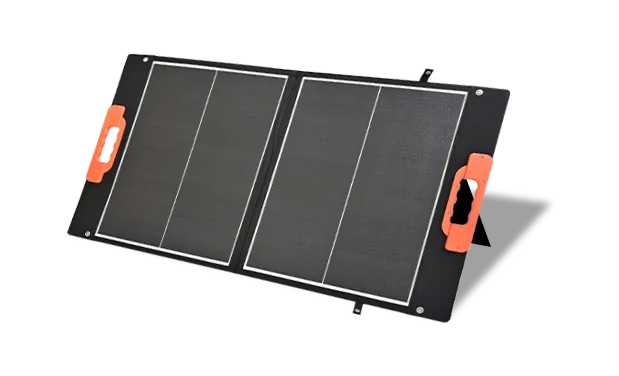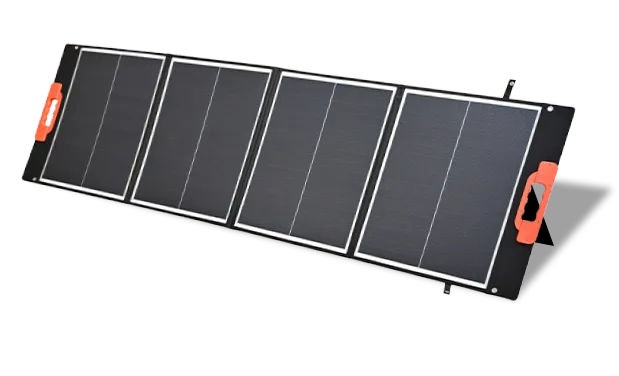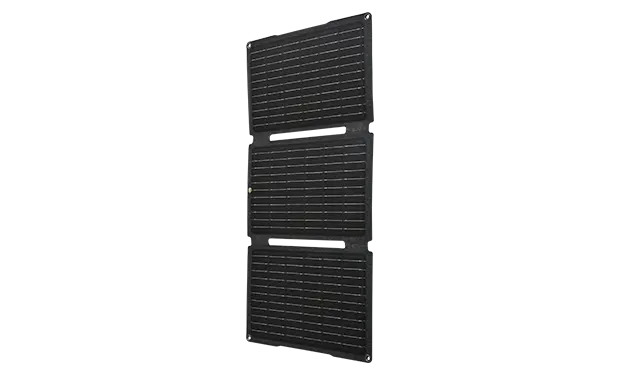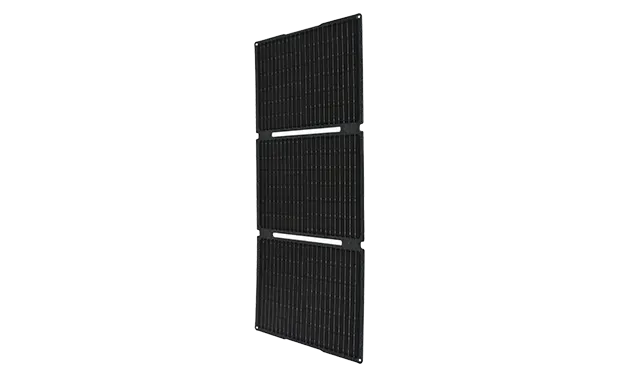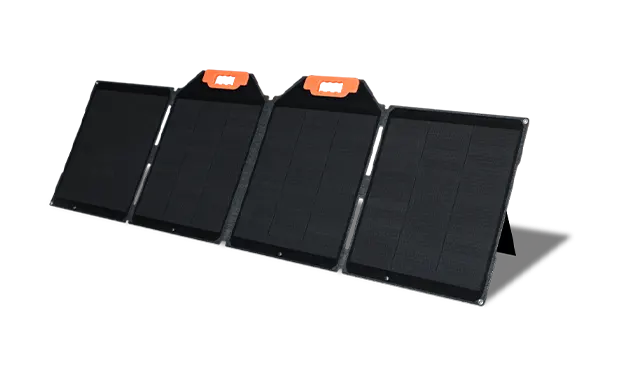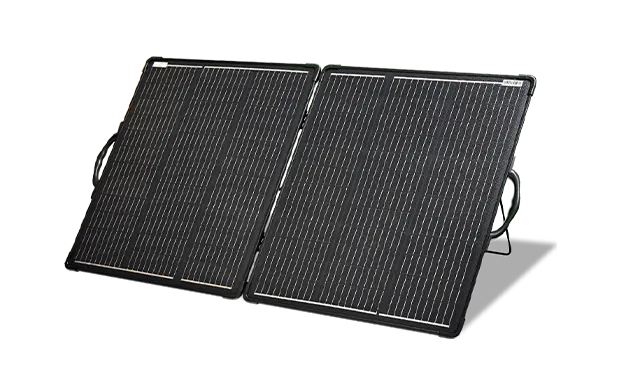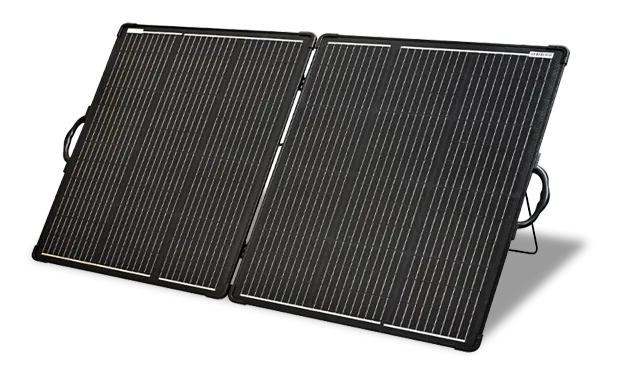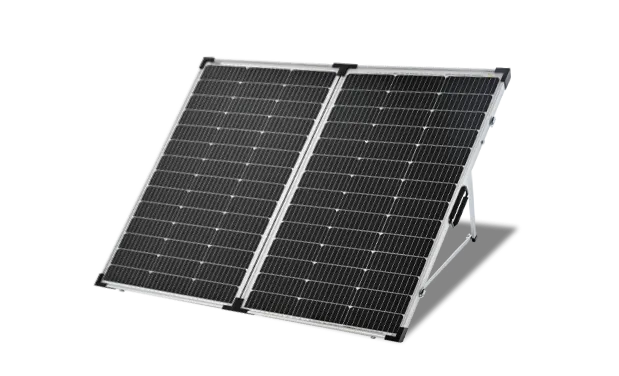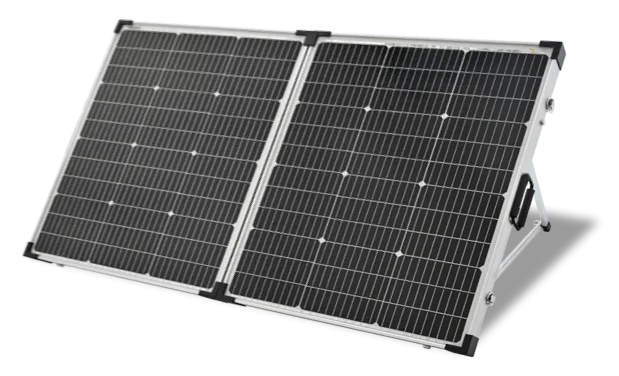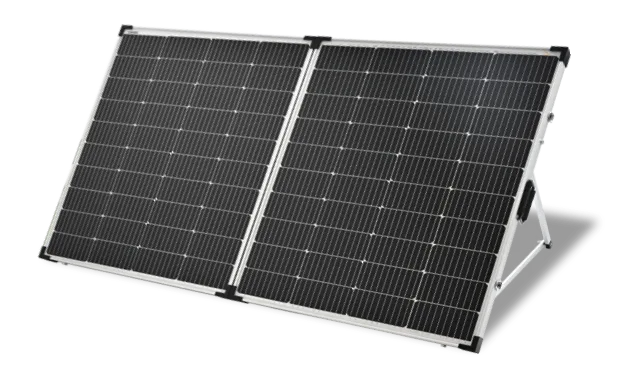AC cable, many people may often see this term in the manuals or specifications of various electronic products. AC cable is a kind of photovoltaic cable, which plays a vital role in solar energy systems. How much do you know about AC cable? In this article, we will introduce its features, applications, and FAQs.
What is an AC cable?
An AC (Alternating Current) cable is a type of electrical cable that is used to transport electrical energy from one point to another. The term “AC” refers to the type of current that the cable carries, which alternates its direction of flow periodically.
Depending on their use, AC cables can be further classified as cables for electric panels, power cables, armored cables, rubber cables, halogen-free cables, and fire-resistant cables.
The choice between an AC or DC cable for a project is impacted by the characteristics of the current intended to flow through those cables. With AC, as supply flows through the cables, the current’s polarity (negative versus positive) changes, alternating as it flows in one direction, and then changing as it flows in the other direction.
Types of AC cable
AC cables come in different types and sizes, and their design is based on national and international regulations. They are classified into low voltage cables (up to 750 V and up to 1,000 V), medium voltage cables (from 1 kV to 36 kV), and high voltage cables (from 36 kV). These are used in a variety of applications, from wiring electric cabinets to distributing electricity from electrical substations to transformer stations.
What is the difference between DC and AC cable?
Used in different systems: DC cables are used in rectified DC power transmission systems, and AC cables are commonly used in industrial frequency power systems.
Compared with AC cables, DC cables in the transmission process power loss is smaller: DC cable power loss is mainly conductor DC resistance loss, insulation loss part of the smaller (size of the rectified current fluctuations after the size of the relevant); and low-voltage AC cables AC resistance than DC resistance is slightly larger; high-voltage cables are very obvious, mainly because of the proximity effect and the skin effect, the insulation resistance of the loss accounted for a larger proportion, mainly the capacitance and inductance of the impedance. do capacitance and inductance generate the impedance?
High transmission efficiency, line loss is small.
It is convenient to adjust the current and change the direction of power transmission.
Although the price of converter equipment is higher than the transformer, the cable line cost is much lower than the AC cable: DC cable for positive and negative poles, simple structure: AC cable for a three-phase four-wire or five-wire system, high insulation safety requirements, the structure is more complex, the cable cost is more than three times that of the DC cable.
DC cables are safe to use:
- The inherent characteristics of DC power transmission, difficult to produce induced currents and leakage currents, the same laying of other cables will not produce electric field interference.
- Single-core laying cable will not be affected by the hysteresis loss of the steel structure of the bridge and cable transmission performance.
- It has a higher interception capacity and over-interception protection capacity than DC cables of the same structure.
- With the same voltage of the direct and alternating current field applied to the insulation, the DC field is much safer than the alternating current field.
- DC cables are simple to install and maintain and are less expensive.
The same AC and DC voltage and current on the same cable insulation requirements: the same voltage of AC and DC electric field applied to the insulation, DC cable electric field is much smaller than the AC electric field. As the two electric field structure is different, AC cable is energized when the maximum electric field is concentrated in the vicinity of the conductor, and DC cable is energized when the maximum electric field is mainly concentrated in the insulation surface layer, and therefore more secure (2.4 times).
AC Cable in Solar Panels
AC cable plays an important role in solar panel systems by converting the DC power generated by solar panels into AC power that can be used in homes or industrial applications. The following are some of the major applications of AC cable in solar panel systems:
- Solar Inverter Connection: The electricity generated by solar panels is direct current (DC) electricity, but most of the household and industrial equipment uses alternating current (AC) electricity. Therefore, AC cables are used to connect electricity from solar panels to solar inverters. The inverter converts the DC power into AC power that can be used to power home appliances and network grids.
- Transmission of power: AC cables are used to transmit the power generated by the solar panels from the solar array to the home grid or industrial grid. This allows the solar system to power the building and transfer excess power to the grid, to reduce energy consumption and potentially receive a rebate on the electricity bill.
- Safety and Protection: AC cables must meet certain safety standards to ensure the safe operation of the solar system. This includes the use of insulating and fire-resistant materials to minimize the risk of electrical fires. In addition, safety devices such as fuses and circuit breakers are often installed in solar systems to prevent overloads and malfunctions.
- System monitoring: Some solar systems also use AC cables to transmit monitoring and data signals to monitor the performance and efficiency of the solar system. This helps detect potential problems promptly and improves the reliability of the system.
Can I use an AC cable for DC?
Yes, you can use an AC cable for DC applications but there are a few things to consider:
Resistance: The resistance of the cable can cause ohmic losses, which will reduce the DC supply voltage at the remote end. If the resistance is accounted for, then your application should run fine.
Voltage: It’s generally okay to use a cable at a lower voltage than rated. For small-diameter cables, there’s no significant difference between DC and low-frequency AC.
Cable Size: If you select a cable for DC, using AC cable sizing guides/cable ampacities, your DC cable size will be conservative concerning heating.
Cable Length: The length of the cable can also affect its performance. An amp of DC through a cable will generate the same heating as an amp of AC through a cable.
However, it’s important to note that the Electrical Code prohibits AC and DC in the same box. You’ll need two distribution boxes – one for AC and one for DC4. Also, some believe that we should never put DC on our cables because they might get damaged.
So while it’s possible to use an AC cable for DC applications, it’s crucial to consider these factors to ensure safe and efficient operation.
Are all AC cables the same?
No, all AC cables are not the same. Several factors differentiate one AC cable from another:
- Conductor Gauge: This is the diameter of the conductive wire inside the cable. A thicker cable can carry more current, but costs more and is less flexible.
- Conductor Material: Copper is a relatively good conductor of electricity, it’s flexible, abundant, etc. This makes it quite suitable for use in cables. However, due to the demand for copper, it has become more expensive, and alternatives have appeared – particularly “copper-coated aluminum”.
- Quality of Cables: Poor-quality cables often have poor insulators, many strands of thin conductors, etc.
It’s important to note that a cable with the same type of conductor and insulation can easily be used both for AC and DC. However, you should always ensure that the cable you’re using is suitable for your specific application to avoid potential issues such as internal heating, melting, fire, etc.





